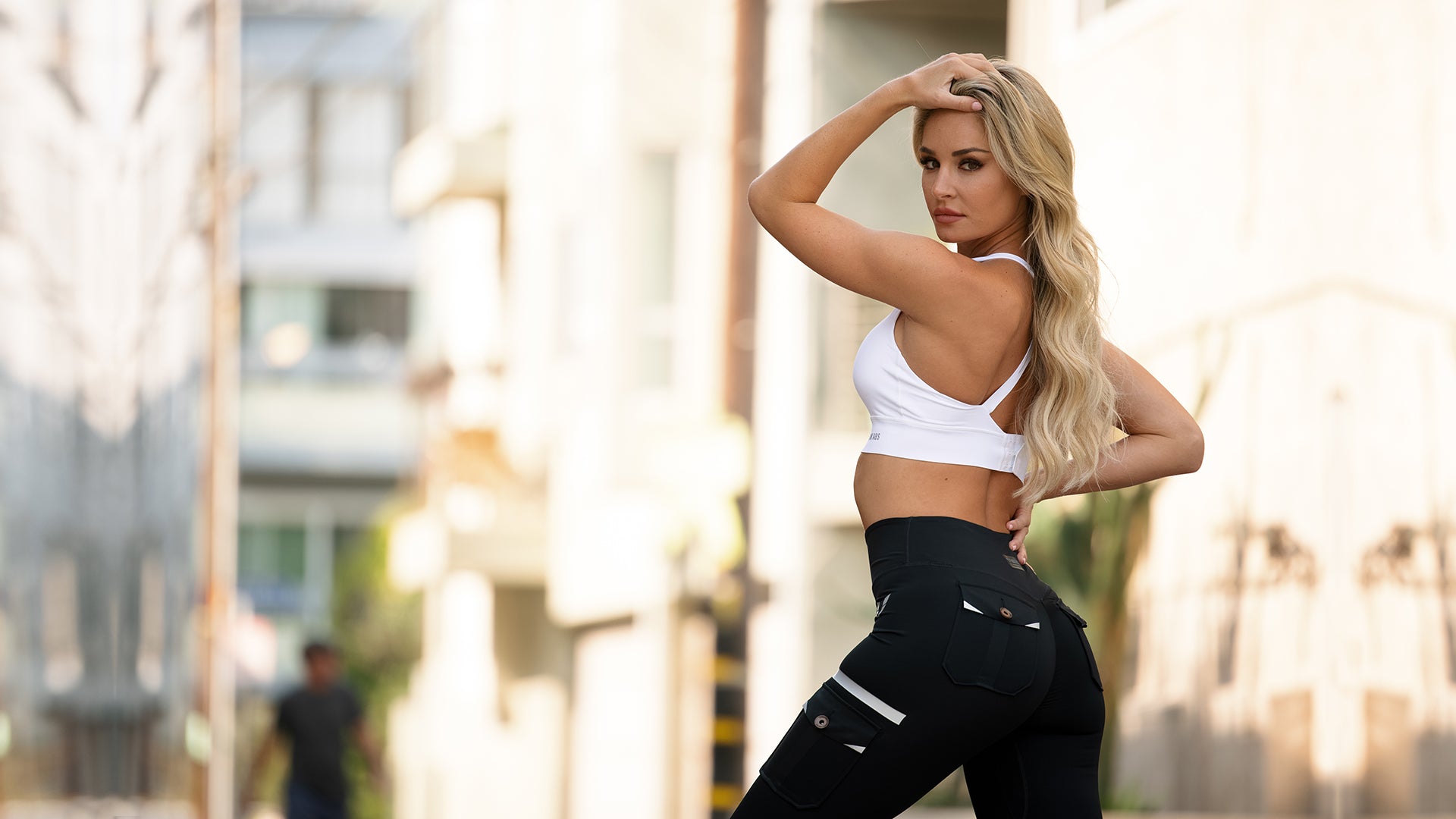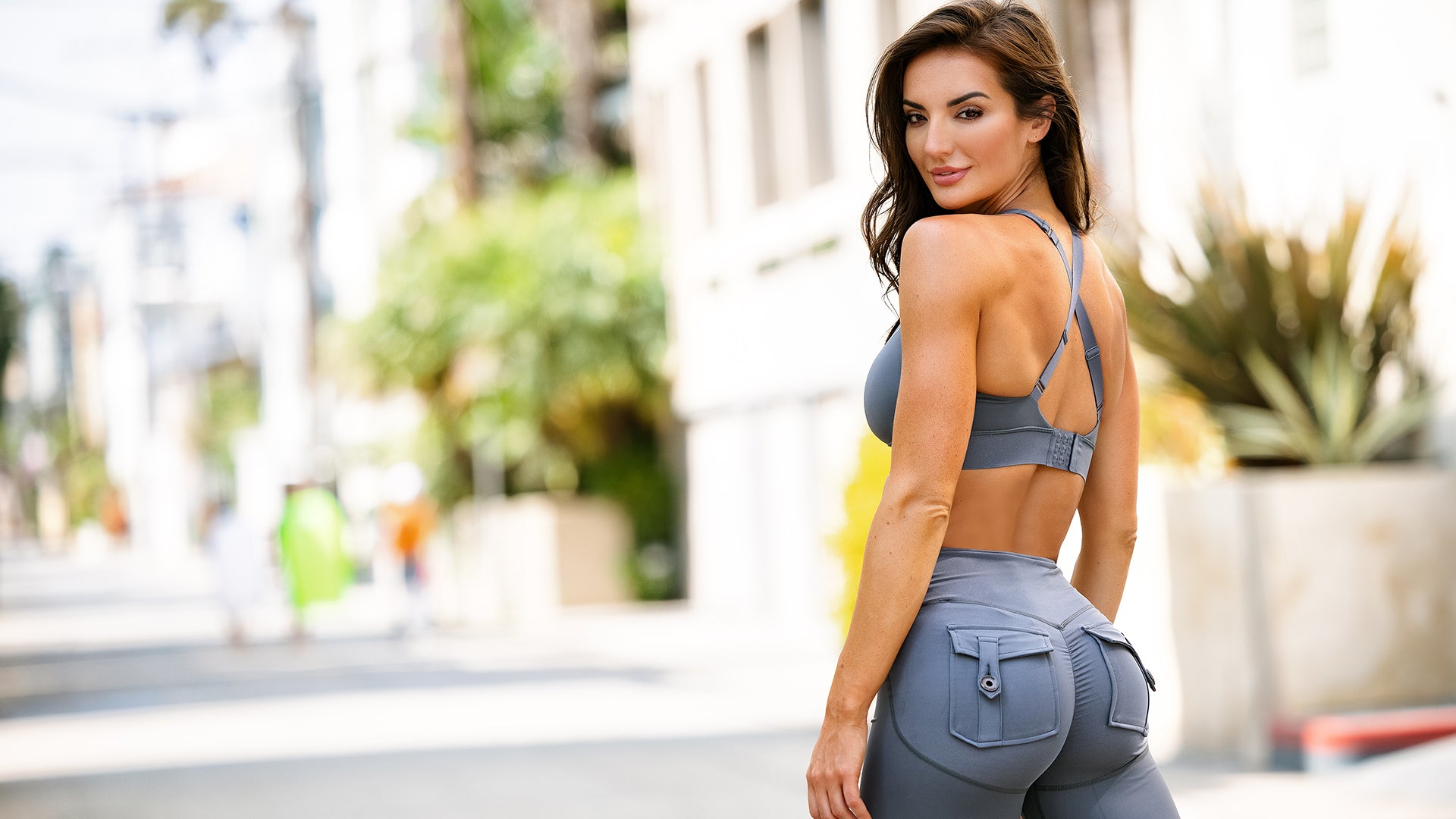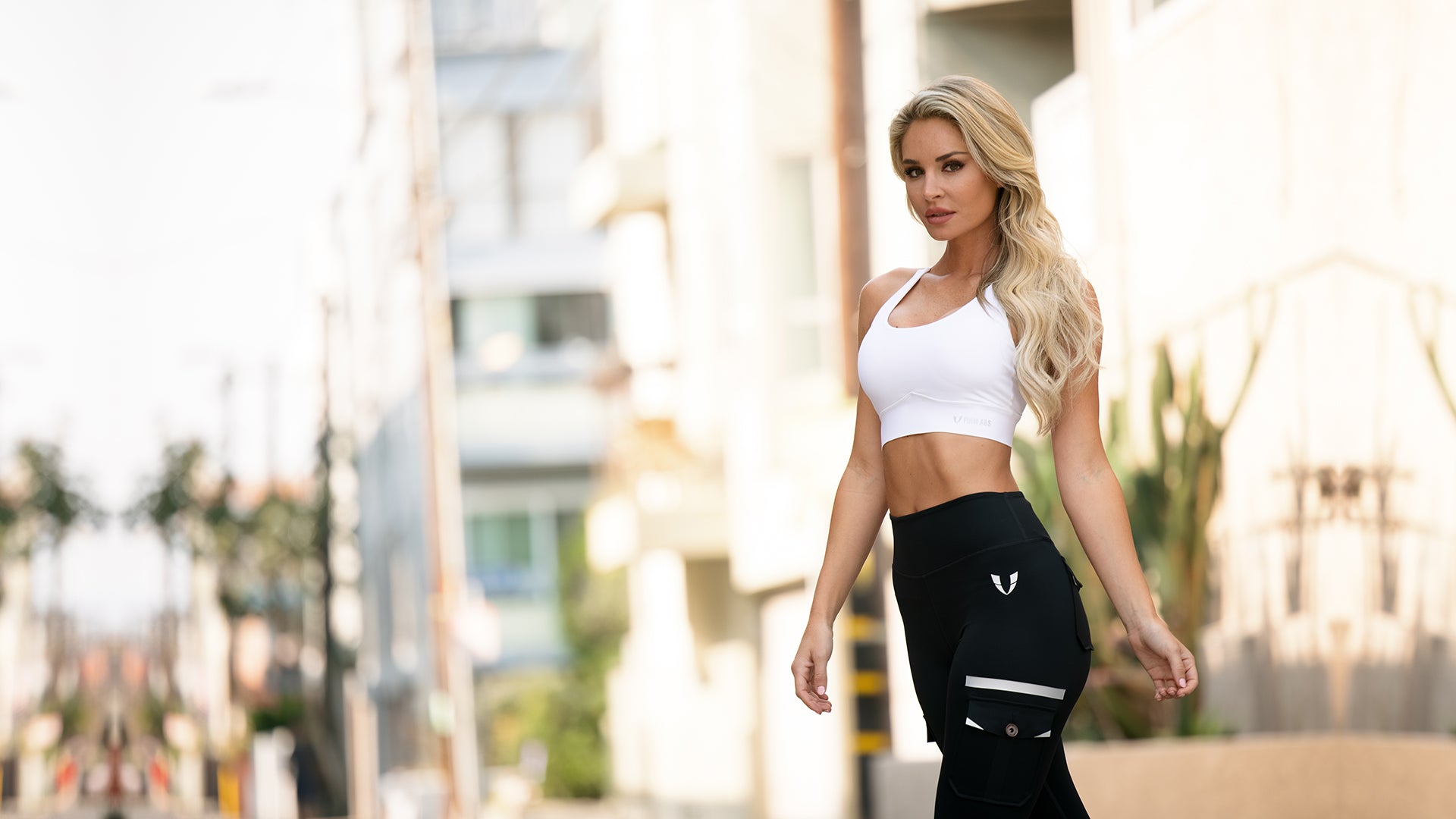
Best exercises to improve your posture
It takes more than excellent looks to have good posture. It aids in the development of body strength, flexibility, and balance. All of these things can help you have less muscular discomfort and have more energy throughout the day. In addition, good posture relieves tension on your muscles and ligaments, lowering your chance of injury.
While you may not think about your posture while exercising, the reality is that some forms of posture exercises are more effective than others at improving posture. Even if you're more interested in how many miles you can run or how much weight you can lift, posture is a crucial element in both exercise and everyday life.
Improving your posture also allows you to become more conscious of your muscles, which makes it simpler to adjust your own posture. You could discover certain imbalances or areas of tension you weren't aware of as you work on your posture and become more conscious of your body.
What is body posture?
The way you hold your body is called posture. There are two kinds of them:
- When you're walking, running, or leaning over to pick something up, your dynamic posture is how you hold yourself.
- When you're sitting, standing, or sleeping, your static posture is how you hold yourself when you're not moving.
It is critical that you maintain excellent dynamic and static posture. The location of your spine is crucial to a healthy posture. Your spine has three natural curves: one in the neck, one in the middle, and one in the lower back. These curves should be maintained, not increased, through good posture. Your head should be higher than your shoulders, and your shoulder blades should be higher than your hips.

Why body posture is important?
It takes more than excellent looks to have good posture. It aids in the development of body strength, flexibility, and balance. All of these things can help you have less muscular discomfort and have more energy throughout the day. In addition, good posture relieves tension on your muscles and ligaments, lowering your chance of injury.
Exercises for good posture
Before you start any exercise, make sure you wear comfortable, sweat-wicking workout clothes. Clothes that are too big, too small, or too long or short make it difficult to use gym machines or get down on the floor.
The spine twist
In a stable sitting position, while dropping the shoulders and engaging the belly, increases elongation of the upper spine and engages the abdominal muscles. The body can rotate along the central vertical axis to increase flexibility along the spine while educating the body to retain good form thanks to pelvic stability.
The reverse plank bridge
Straightens and lengthens the lower back, as well as correcting rounded shoulders. The shoulders curve back and the spine aligns into position as the chest opens up. This exercise works the rhomboids, front deltoids, and hip flexors, all of which are important for maintaining excellent posture.

The shoulder bridge
As you push up and lift the glutes, pushing the hips above the rib cage, the weight is equally distributed through the feet. The overhead arm reach helps to keep the spine long and the shoulders away from the ears. As the arms fall and the glutes rest on the mat with the back flat, the spine drops one vertebra at a time, like a bicycle chain in motion.
The child's pose
The spine, glutes, and hamstrings are stretched and lengthened in this resting posture. The child's posture aids in the relaxation of the lower back and neck.Sit with your knees together, big toes touching, and heels stretched out to the side on your shinbones. Fold your hips forward and walk your hands in front of you. Return your hips to their original position, close to your feet.
Place a cushion or folded blanket beneath your thighs if they won't go all the way down. Lay your head to one side or gently place your forehead on the floor. Extend your arms or rest them against your body. Deeply inhale and exhale from the rear of your rib cage and waist. Continue to breathe deeply while relaxing in this posture for up to 5 minutes.
The forward fold
The spine, hamstrings, and glutes are all stretched out in this standing stretch. It extends your hips and legs as well. You should feel the entire backside of your body opening up and extending as you complete this stretch. Your big toes should be touching and your heels should be slightly apart when you stand. Fold forward at the hips by bringing your hands to your hips.
Allow your hands to fall to the floor or rest on a block. If your hands don't contact the earth, don't worry about it; simply go as far as you can. Allow your spine to extend by bending your knees slightly and softening your hip joints. Allow your head to sink heavy to the floor by tucking your chin into your chest. Hold this position for up to a minute.

The cat cow
Your spine is stretched and massaged as you practice cat-cow. It also promotes blood circulation while relieving stress in the chest, shoulders, and neck. Get down on your hands and knees, balancing your weight evenly over all four points. Inhale to raise your head, lowering your abdomen to the ground and extending your spine. Exhale and tuck your chin towards your chest while arching your spine toward the ceiling. Maintain this motion for at least one minute.
Conlusion
The modern workplace does not encourage much mobility, and sitting for long periods of time can be harmful to your health. Even so, even changing your posture can help you improve your health. Investing in a few ergonomically designed goods and knowing how to sit properly will help to reduce muscle and bone wear and strain. This can save you a lot of money in the long run by preventing injuries, strains, and discomfort.




Leave a comment
This site is protected by hCaptcha and the hCaptcha Privacy Policy and Terms of Service apply.